Policy may get made here in Washington, but transportation, mobility and safety are truly local issues. The kinds of transportation investments that we’re pushing for aren’t luxuries — they’re essential necessities that enable Americans to get where they need to go, safely and affordably.
It’s high time that we made sure we invested in a transportation system that is safe and accessible for everyone.
So why is access to transportation choices and safe, complete streets so important?
Just a couple of months ago, Dr. Scott Crawford sent us this sobering story about a friend of his in a wheelchair who was struck and killed by the driver of an SUV while in the shoulder of a main highway in Jackson, Mississippi. With no options for a safer way to travel — broken lifts on buses and a lack of sidewalks on main streets — 66 year-old James Smith was riding in his motorized wheelchair in the shoulder of Medgar Evers Boulevard in Jackson.
A collision in the middle of the road resulted in the SUV rolling into the shoulder, where he was crushed underneath the vehicle. (No one was charged.) Dr. Crawford told WAPT that it was only a matter of time due to the conditions of the streets in Jackson.
“I feel very sad for his family. It breaks my heart to see older adults riding in the streets in wheelchairs because they have no alternative.”
Dr. Crawford has been a tireless advocate for complete streets in Jackson, as well as more funding and accessibility compliance for the transit agency there. You may remember his story about the broken bus wheelchair lifts, inadequate transit facilities, and how unsafe and inaccessible most of the thoroughfares are for the handicapped or disabled in Jackson, Mississippi.
He told us in late 2008 that “they recently cut the budget for our transit system by 1.5 million dollars, and they are being sued by a consortium of people with disabilities for violations of civil rights under the Americans with Disabilities Act (me being one of the plaintiffs).”
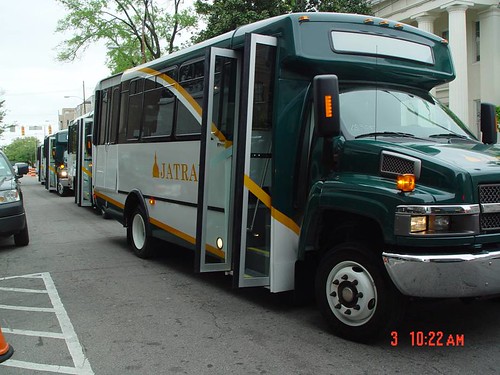 |
image004 Originally uploaded by Transportation for America
|
| These are the 5 new paratransit buses that JATRAN ordered, in part due to Dr. Crawford’s efforts. (Please credit photos to Dr. Scott Crawford. |
But after several discouraging updates from Dr. Crawford, he sent us this development last week:
I figure you’re ready for some *GOOD* news from Jackson! The class action lawsuit I filed in Federal Court has started to result in some changes for the better: the city just bought 5 new paratransit buses for the JATRAN system, and they should be on the road this week. I’ve enclosed pictures if you are interested in posting them.
The suit is also pressuring the city to buy three new lift vans as “back-up” transportation should people like me be stranded by non-working lifts (but they have yet to arrive). The city also tells me (not yet in writing) that they will buy 13 new fixed route buses by November. It’s a start!
As he told us, “a small group of committed individuals can and often do make a difference.” So things are looking up in Jackson, right? They’ve got 5 new paratransit buses ready to hit the road and serve the estimated 16,000 citizens of Jackson who are physically disabled. Well, almost.
The new buses, while great, are yet to be put on the road due to insurance delays and inefficient paperwork.
Jackson is not alone, and it’s certainly not all their fault.
This is the current state of transit agencies in many of our smaller communities like Jackson. They are chronically underfunded and neglected by city or county governments. And more often than not, woefully ignored by State Departments of Transportation mostly concerned with using their federal transportation dollars to pour new asphalt and open new highways.
Public transportation and safe, complete streets are not just something for big, urban cities. And for people like James Smith and Dr. Scott Crawford in communities big and small, it’s a basic question of equity.
Tell Congress that you’re ready for them to step in to help the more than 11 million people who are facing transit service cuts, fare increases, or job losses in almost 100 communities across the country.
Do you have a story like Dr. Crawford’s you’d like to share? Send it to transitcuts@t4america.org






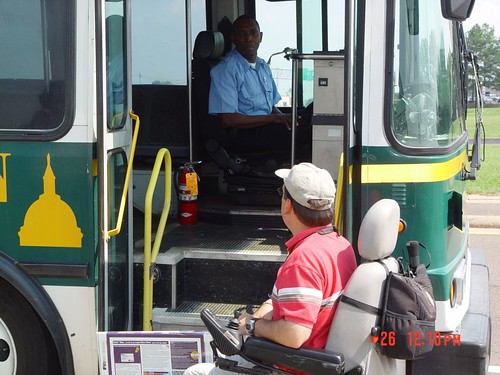

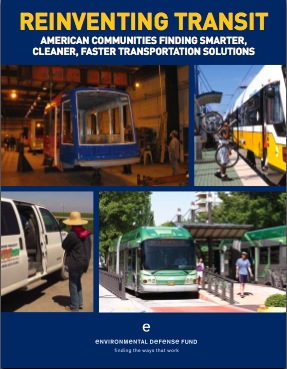

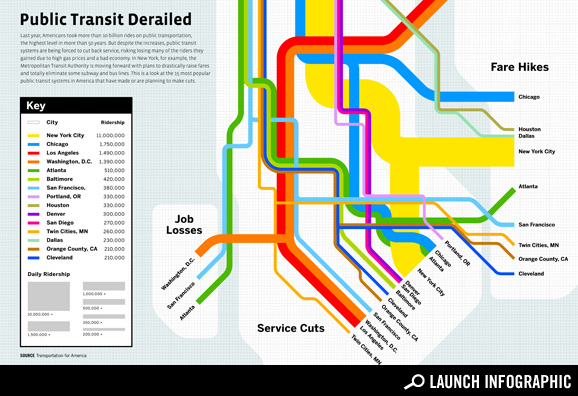

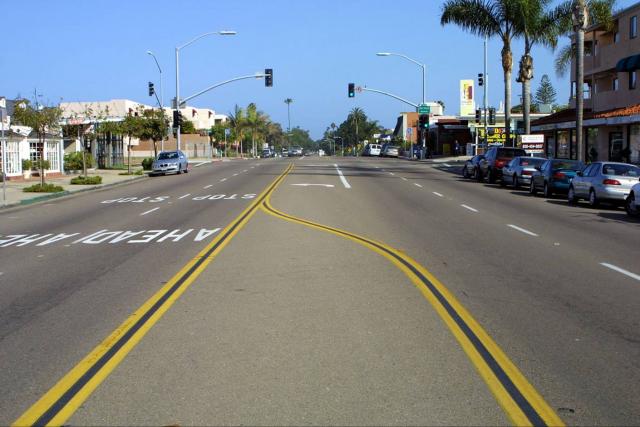
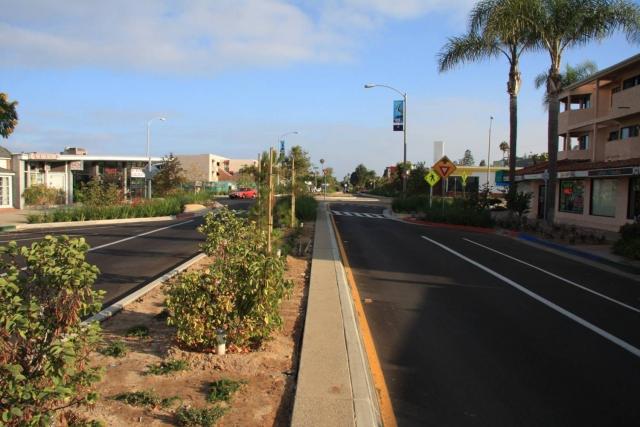


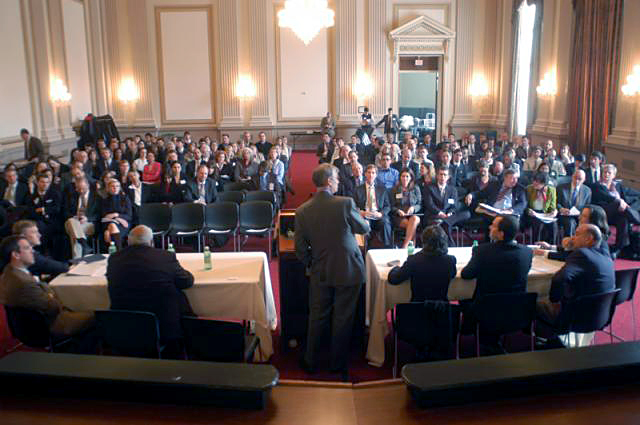


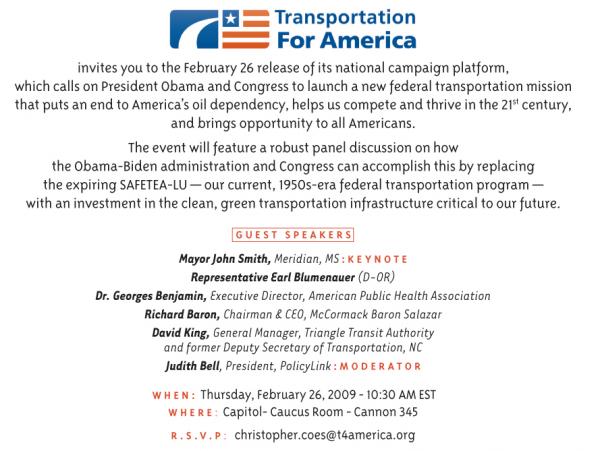
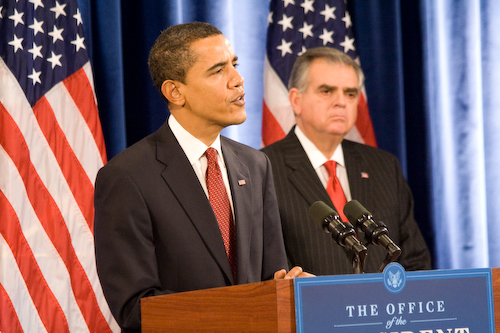
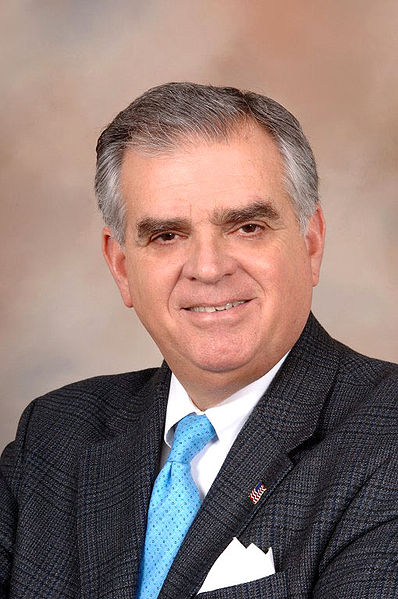 U.S. DOT Secretary Ray Lahood
U.S. DOT Secretary Ray Lahood